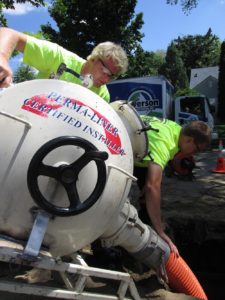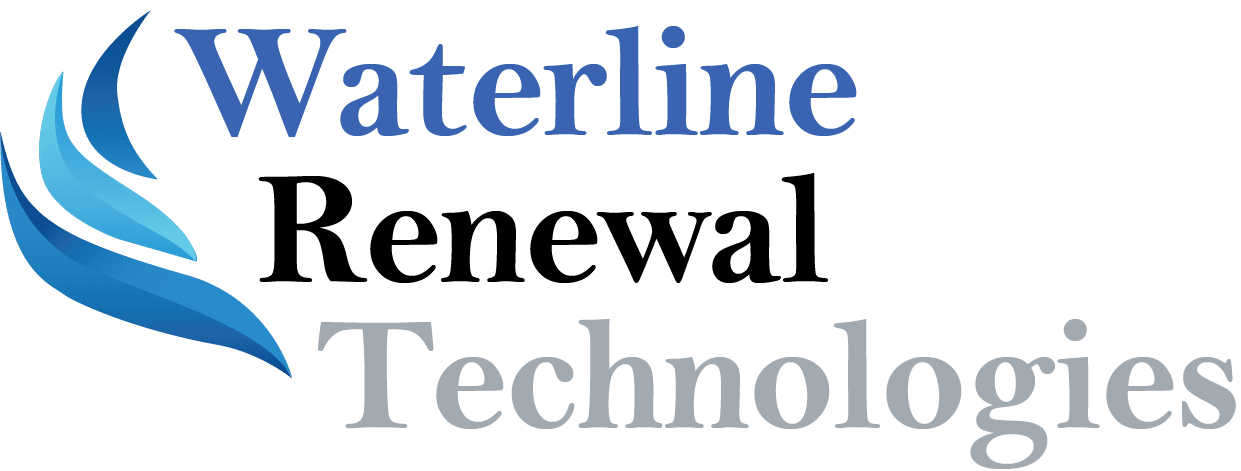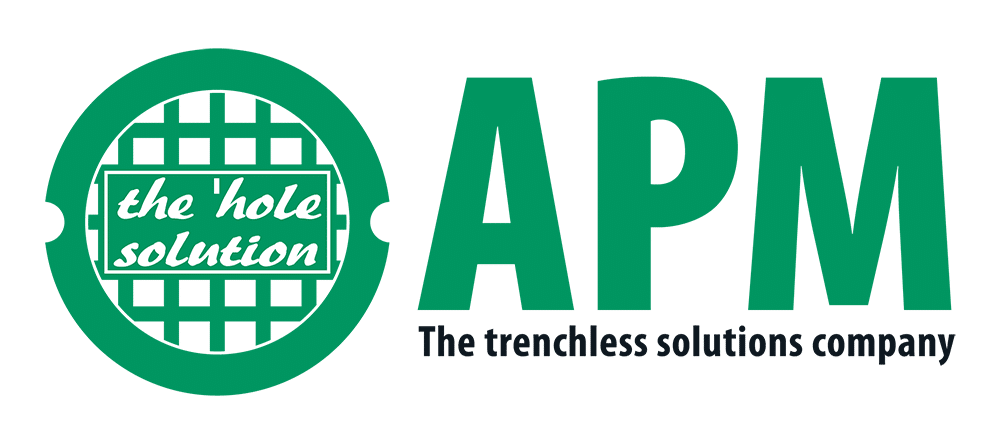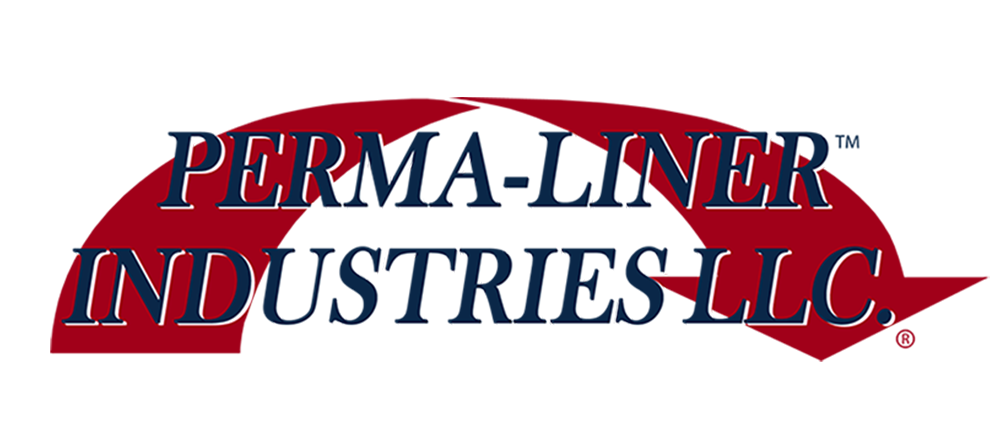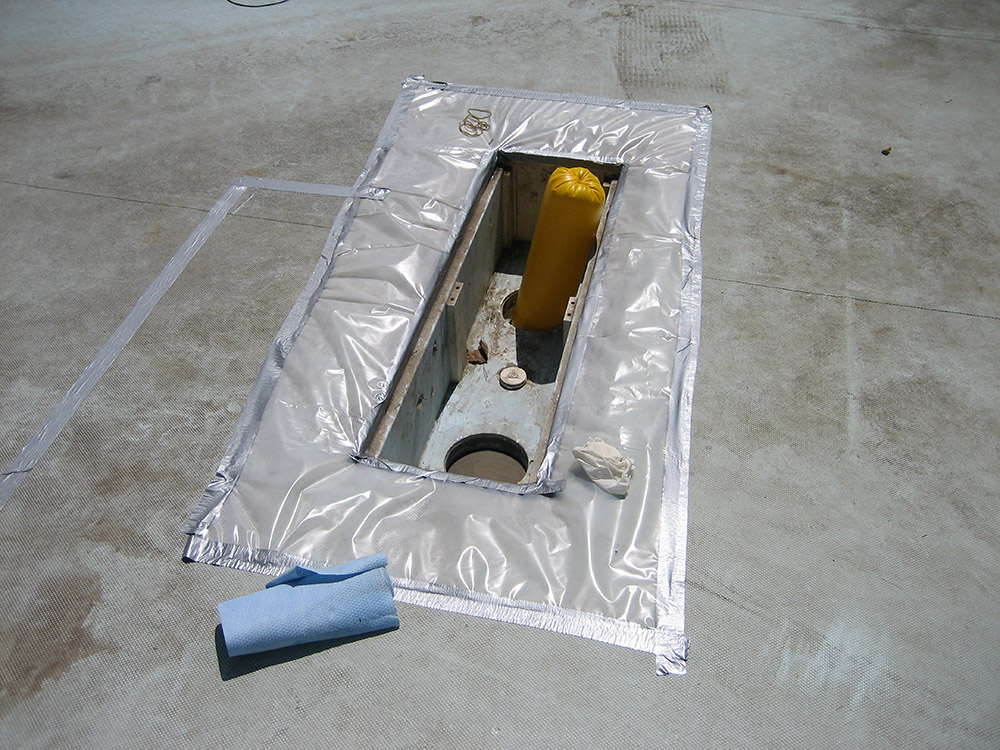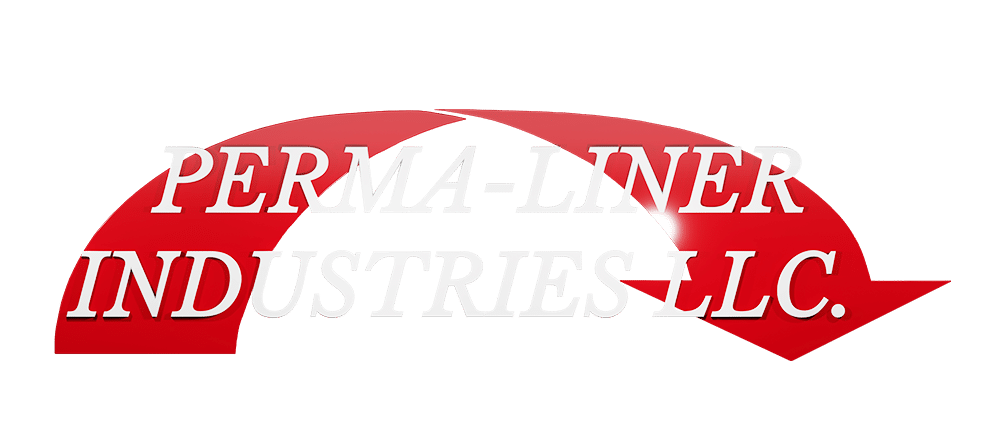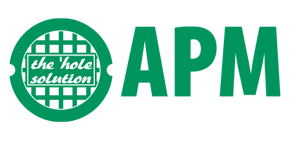St. Paul is one of many US cities engulfed in the management and improvement of its sewer and rainwater systems. There are a variety of factors which induce the burdens on these infrastructures. The prevalence of intense rain storms have led to extreme flooding events, sewer overflows, backups and increased pollution runoff. Given the amount of space the streets of St. Paul consume, and the fact that there is a large amount of resistant surface space, it is an opportune environment to implement major adjustments to the infrastructure.
Currently, a drainage project is underway on the grounds of a high school field in St. Paul. The city is installing a new underground pipelining system in order to filter storm water from the campus and local streets. Runoff will be diverted from school grounds, as well as nearby Rose Avenue, into the underground pipes. This will effectively hold accumulated rainwater, allowing it to gradually drain through the soil. The water is then naturally filtered through the ground. At the present time, runoff goes into storm sewers and directly into lakes and rivers without being treated. The project also intends to act as a positive for the improvement in the water quality of Lake Como and Lake McCarrons. Interestingly, the drainage project will use specialized pipes equipped with thousands of holes, allowing storm water to slowly soak into the ground. St. Paul has separate sewers for street water and sanitation, with only sewage going to the treatment plant. Fortunately, that means that heavy rains don’t overwhelm water treatment facilities.
Did you know? To avoid obstruction of view, boulevard plantings in the Twin Cities are required to be no greater than 36 inches in height. Additionally, the plantings may not exceed 18 inches in height within 20 feet of any intersection, alley or driveway approach.
